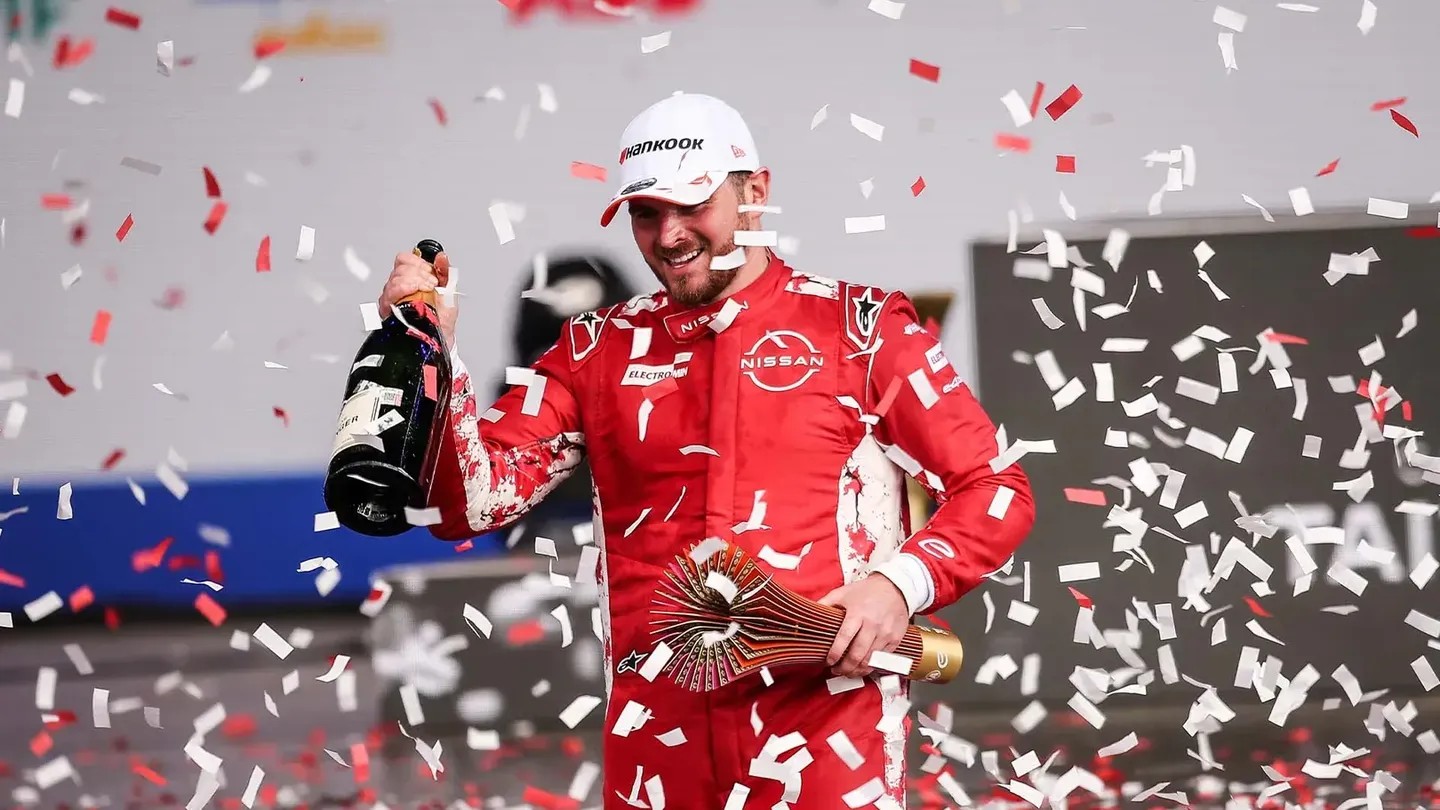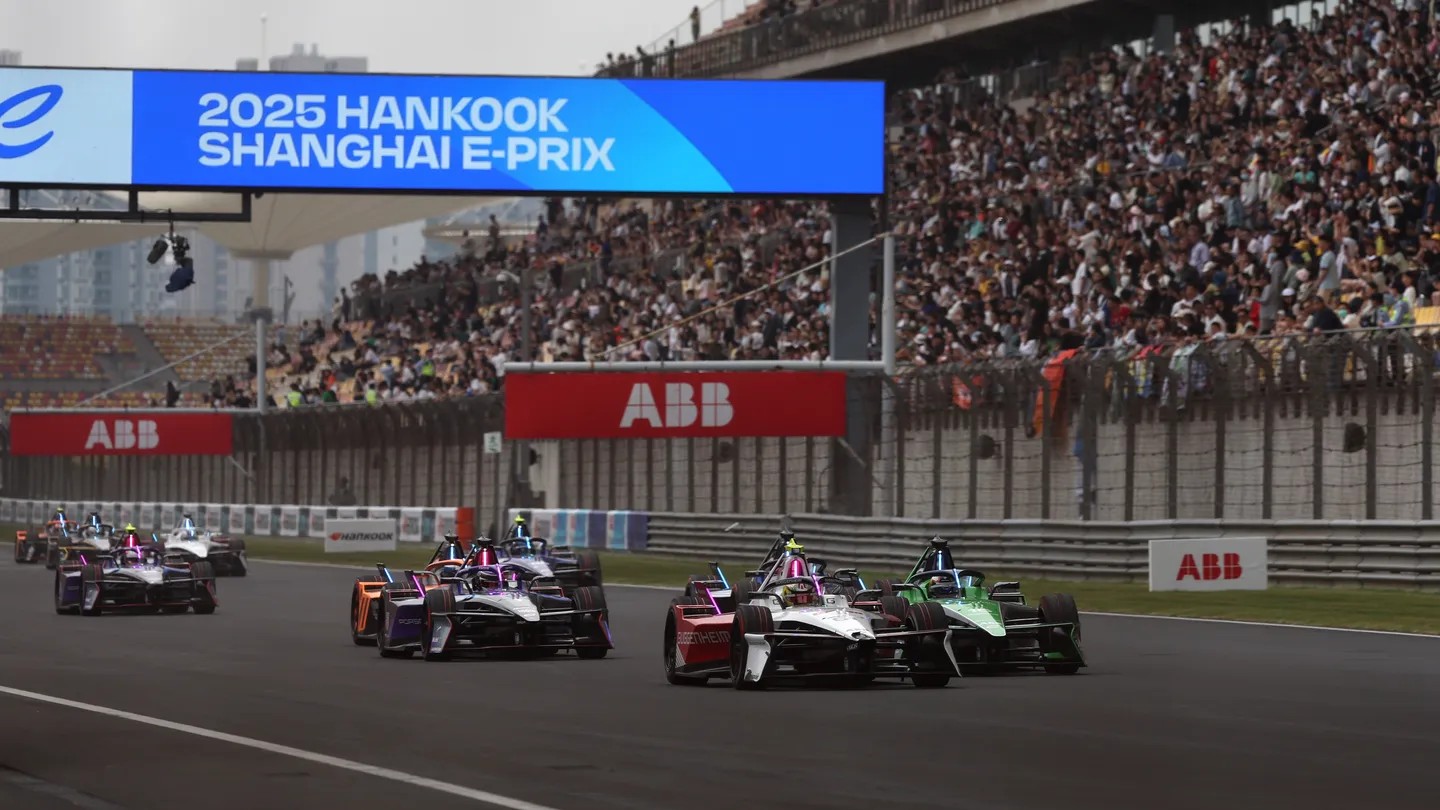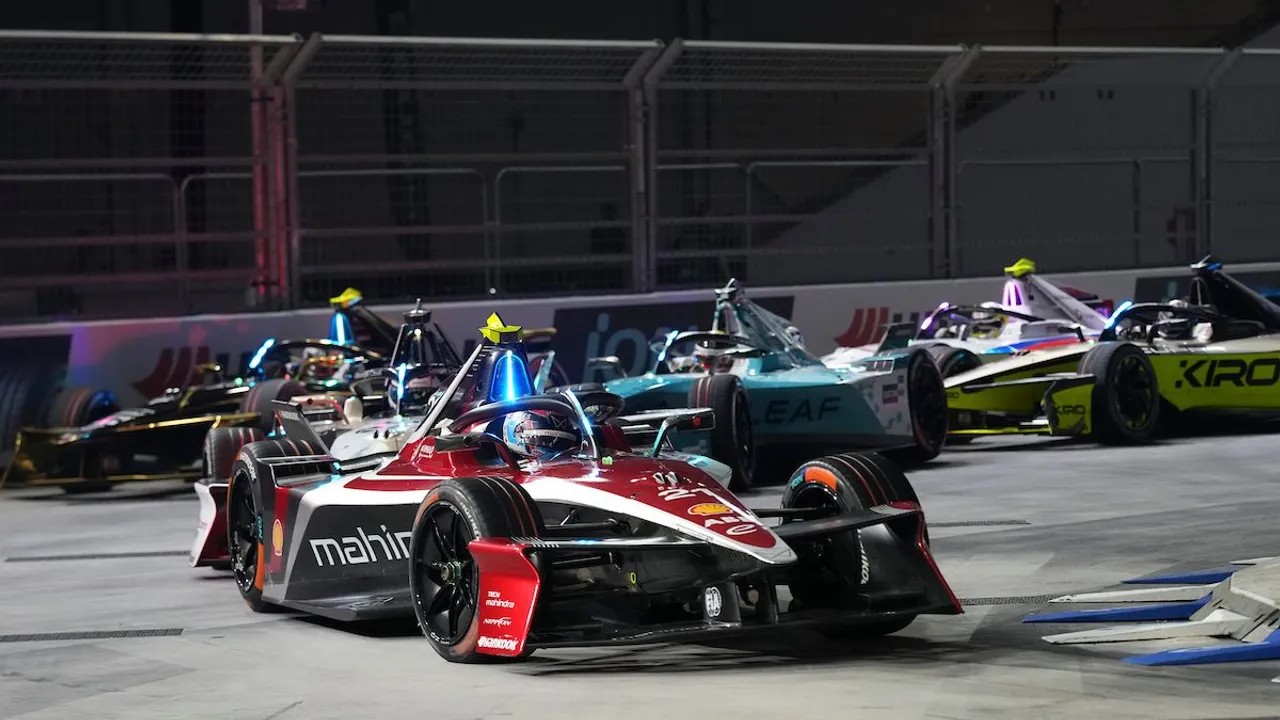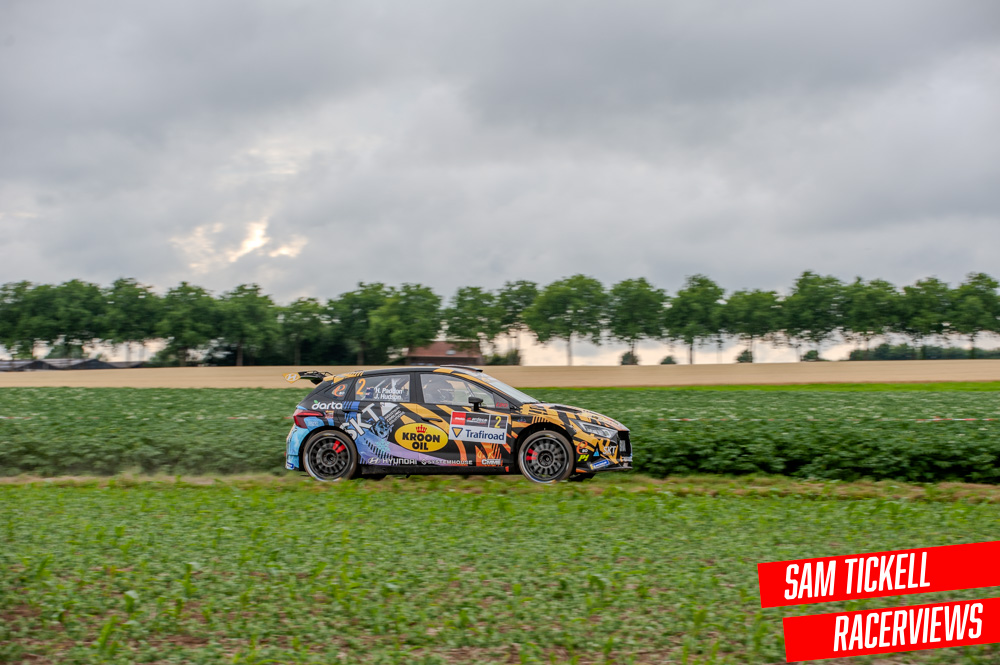The 2025 FIA Formula E World Championship was a season defined by tactical nuance, evolving technology, and a competitive field that underlined the series’ unique blend of endurance, strategy, and cutting-edge electric racing. This year’s competition unfolded against the backdrop of growing maturity in both machinery and racing philosophy, culminating in Oliver Rowland’s well-earned drivers’ title and Porsche’s dominance in the teams’ battle.

Championship Summary: Oliver Rowland’s Consistent Rise
Oliver Rowland stood out this season as a driver who exemplified steadiness and strategic nous. Racing for the Nissan Formula E Team, Rowland’s campaign was marked less by sporadic flashes of brilliance and more by relentless consistency and tactical intelligence.
Tactical Mastery: Rowland’s skillful energy management across the varied circuits was a defining factor. He was rarely the fastest in qualifying but always positioned himself well enough to capitalise in the latter stages of races, where energy conservation and timing became critical.
Race Craft: His approach avoided unnecessary risks, relying on precision overtaking and calculated pit strategies to gain ground.
Points Accumulation: By steadily collecting podiums and occasional victories, Rowland built a commanding points lead that his rivals struggled to overcome as the season progressed.
His championship win was not a result of sheer dominance but a testament to adapting perfectly to the season’s demands, both behind the wheel and in collaboration with Nissan’s engineers.
Teams’ Battle: Porsche’s Technical and Strategic Edge
While Rowland secured the drivers’ crown, it was the TAG Heuer Porsche Formula E Team which took honours in the Teams’ and Manufacturers’ Championships. Porsche’s success was underpinned by:
Balanced Line-up: Featuring experienced drivers Pascal Wehrlein and António Félix da Costa, Porsche combined speed with race intelligence. Although Wehrlein finished third overall and da Costa fifth, their combined efforts and consistent scorelines ensured the team’s superior haul of points.
Strong Development: Porsche’s engineering team carried out gradual but effective improvements to the Gen3 Evo platform, optimising battery usage and power delivery.
Race Strategy: Their approach to Attack Mode deployment and energy management was more refined than most, allowing drivers to maintain competitive pace without falling victim to energy deficits late in races.
Porsche’s triumph highlighted the importance of team cohesion and balanced driver performance in addition to outright pace.

Jaguar TCS Racing: Transition and Challenges
Jaguar began the season adjusting to the absence of Nick Cassidy, who left after a strong 2024 campaign.
Adapting Without Cassidy: The team struggled to replicate the consistency Cassidy delivered as their lead driver, but remained competitive in the midfield pack.
Team Performances: Though they lacked regular podium visits, Jaguar showed flashes of pace and often collected valuable points.
Development Focus: The team concentrated on fine-tuning the Gen3 Evo’s energy systems and aerodynamics, laying groundwork intended for future campaigns.
Cassidy’s final outings, including a strong showing in London, reminded onlookers of his ability, leaving Jaguar with much to ponder for the season ahead.
DS Penske and Andretti Autosport: Solid but Off the Pace
The ever-reliable DS Penske pairing of Jean-Éric Vergne and Stoffel Vandoorne delivered consistent performances but fell short of challenging for top honours this year.
Vergne’s Experience: His mastery of strategy and energy management frequently kept DS Penske in points-paying positions.
Vandoorne’s Precision: Known for avoiding errors, Vandoorne contributed with steady finishes and valuable team points.
Andretti Autosport, led by Jake Dennis, also maintained a solid campaign:
Dennis’ Pragmatism: His ability to navigate chaotic events and capitalise on others’ mistakes kept Andretti relevant in the midfield battle.
Engineering Adaptation: The team focused on shoring up reliability and extracting gains from the Gen3 Evo in often changing race conditions.
Neither team consistently matched the outright pace of Porsche or Nissan but remained critical components of the championship narrative.

Midfield Teams: Envision Racing and Maserati MSG Racing
These teams continued to prove the meritocratic nature of Formula E, where resourcefulness sometimes bridges gaps in budget and factory backing.
Strategic Gambles: Both teams capitalised on chaotic races and smart Attack Mode timing to disrupt the established order.
Energy Management: They often outperformed expectations through meticulous preparation and driver discipline.
Their presence added depth to the field and occasionally upset the established hierarchy.
Technical and Tactical Development: The Gen3 Evo’s Impact
The 2025 season was the second full year of the Gen3 Evo car, which refined the already impressive performance advances made in prior seasons.
Acceleration and Handling: The Evo’s quicker 0-60 mph figure and enhanced cornering capabilities reshaped race pace but required greater driver finesse.
Energy Management Complexity: Teams had to balance aggressive use of recuperation systems with overall race strategy, adding layers of tactical depth.
Strategic Racing: Races were often decided in the final laps, where those who conserved energy earlier could mount attacks and defend with delayed yet potent power deployment.
Drivers who adapted fastest to these nuances typically found themselves higher up the order.
The Season in Perspective: Refinement over Revolution
While the 2025 campaign offered fewer headline surprises compared to previous years, it underscored the growing professionalism and maturity of Formula E:
Incremental Gains: Technical and strategic progress rather than radical change characterised the season.
Driver Development: The experience differential began to matter more, with veterans like Rowland, Vergne, and Wehrlein often outshining emerging talent through race intelligence.
Audience Engagement: Although some fans longed for more overt flashes of speed and drama, the deeper layers of chess-like tactical battles and energy management showcased a distinct form of racing.
Conclusion
The 2025 FIA Formula E season confirmed the series’ evolution into a championship where success demands more than raw speed. Oliver Rowland’s sensible, practice-grounded title run and Porsche’s overall team excellence illustrated the premium placed on consistency, adaptability, and technological optimisation. As Formula E progresses, its identity as a sophisticated, strategically demanding series deepens, attracting teams and drivers committed to mastering the precise balance between risk and reward.
The season leaves open questions about future technological leaps and how emergent talent will challenge the established order. Yet, it stands as a firm reminder: in Formula E, the quiet battle behind the scenes and within the confines of battery management often shapes the ultimate victory.




